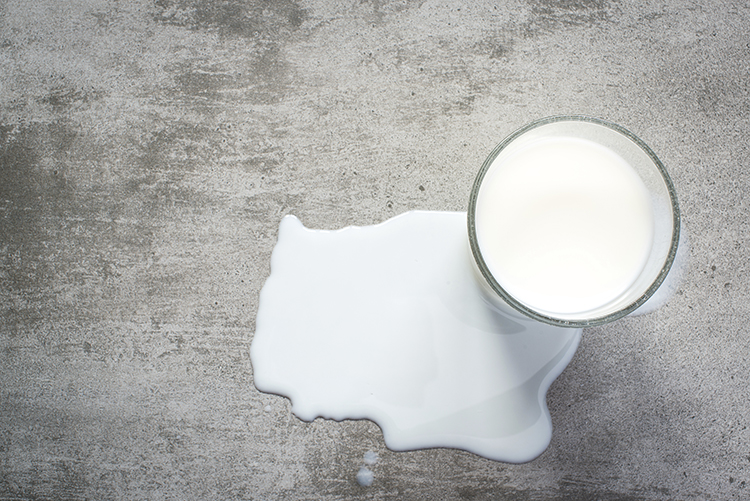
While costs to produce milk fell 11 percent last year, the world’s average milk price dropped 33 percent, reported the IFCN team of dairy economists based around the world. As everyone milking cows knows, dairy farm income experienced a serious drop in 2015, which continued into this year.
“We are now in the third milk price crisis since 2007,” commented Torsten Hemme, who serves as managing director of the IFCN Dairy Research Network. “This crisis and other factors have created the biggest shifts in dairy competitiveness I have ever seen in my entire career as a dairy economist,” said Hemme, who is based in Germany, which has the equivalent milk production of California and Wisconsin.
“Worst hit dairy farmers in terms of profitability in 2015 were in Western Europe, North America, and Oceania, where over 75 percent (of dairy farms) did not cover their full economic costs,” said Amit Saha, who leads farm analysis at IFCN. “In other regions, the situation was less dire with roughly 30 percent of farms not covering their costs.”
What about the long-term future?
That looks bright.
IFCN forecasts that dairy trade could expand 51 percent over the next decade spurred by consumer demand. Southeast Asia could represent the greatest area of growth where per capita consumption could grow by 280 pounds of milk equivalent per person. That would be a growth rate of 30 percent.
As a result, the IFCN projected the following through 2025:
- Dairy cow numbers could grow 9 percent
- Milk production per cow would improve 14 percent
- The number of cows on each farm could expand 28 percent
- That, in turn, would cause farm numbers to fall 15 percent
Overall, dairy product consumption would grow 12 percent globally, which would match population growth.
To comment, email your remarks to intel@hoards.com.
(c) Hoard's Dairyman Intel 2016
October 17, 2016







